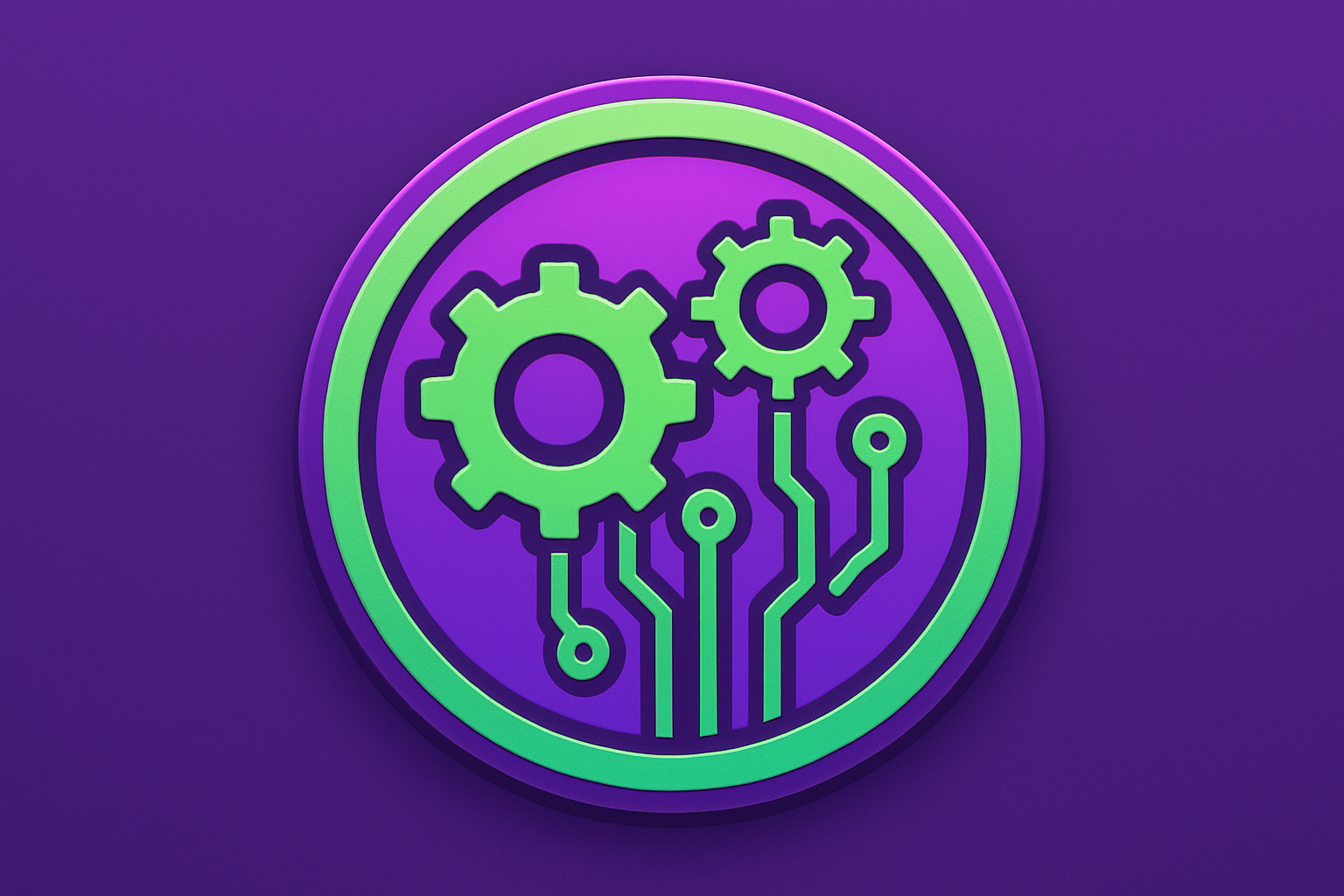The world of cryptocurrency has exploded in recent years, attracting individuals from all walks of life—from seasoned investors to curious newcomers. However, as the market continues to evolve, understanding the importance of budgeting for crypto hardware costs becomes critical. When you’re stepping into this fascinating universe of digital assets, knowing what tools you need and their associated costs can help you navigate your journey. This guide is tailored to help you understand the ins and outs of budgeting for crypto hardware costs, providing you with the insights that are essential for smart financial planning.
Cryptocurrencies such as Bitcoin, Ethereum, and countless altcoins have opened up new opportunities for investment and potential profit. Regardless of whether you’re interested in mining, trading, or simply holding these assets for the long haul, the equipment you use can significantly impact your experience and financial results. From specialized mining rigs to secure storage solutions, being equipped with the right hardware can save you time, money, and stress. Let’s dive deeper into the types of hardware you’ll encounter in the crypto world and how to budget wisely for these costs.
Understanding Different Types of Crypto Hardware
When diving into the realm of cryptocurrency, you’ll encounter various types of hardware—each serving a distinct purpose. Let’s break them down:Crypto Mining Hardware
If you’re considering mining cryptocurrencies, investing in the right hardware is imperative. The industry standard for serious miners is ASIC miners (Application-Specific Integrated Circuits). These devices are built for a singular purpose: to mine cryptocurrencies, primarily Bitcoin, with maximum efficiency. Popular Examples:- Bitmain AntMiner S19 XP Hydro: This model offers impressive hashing power but comes with a high price tag, typically ranging from $6,000 to $13,000.
- Whatsminer M63S Hydro: Another top contender in the ASIC market, known for its efficiency and reliability.
Crypto Storage Hardware
Securing your digital currencies is non-negotiable; for this, you will need effective crypto storage hardware. Hardware wallets serve as physical devices designed to keep your cryptocurrencies safe—awarding an added layer of protection against hacks typical in the crypto world. Popular Options:- Ledger Nano S/X: Known for robust security features, prices range from $50 to $200.
- Trezor: Another well-respected brand among crypto enthusiasts, also falling in a similar price bracket.
Strategies to Budget for Crypto Hardware
Successfully budgeting for your crypto hardware requires thoughtful consideration of initial expenditures and ongoing responsibilities. Here’s how to develop a solid plan:1. Initial Investment
Your first expense is likely the most significant. Whether you’re investing in large-scale mining equipment or a simple hardware wallet, consider the following:- Mining Equipment: ASIC miners can range widely, from $1,000 to $4,500 for beginner models, which necessitates a calculated decision based on expected profitability.
- Hardware Wallets: A relatively small expense, but watch out for the cheapest options that may lack vital security features.
2. Energy Costs
Mining takes energy. Costs can vary widely based on your geographic location, but miners can expect to use between 2,800 to 3,800 watts. Here’s what to think about:- Calculate your monthly usage and associated costs: If power rates are high in your area, your mining profits could dwindle.
- Also, consider energy efficiency when selecting mining hardware. Newer models typically offer improved performance regarding power consumption, which can benefit your budget.
3. Maintenance and Upgrades
Cryptocurrency hardware isn’t just a one-time purchase; it requires consistent upkeep:- Regularly update firmware to enhance performance and security.
- High-performance miners may benefit from overclocking, but be wary of overheating—investing in cooling systems can both extend hardware lifespan and improve profitability.
4. Cloud Mining vs. Personal Mining
You might want to consider whether to mine personally or opt for a cloud mining service.- Cloud Mining: This option usually has lower initial costs since it doesn’t require buying hardware. However, be aware that ongoing service fees can cut into your profits.
- Personal Mining: Offers full control, but requires a greater upfront cost. Know your technical capabilities and willingness to invest time.
5. Hosting and Cooling Solutions
To optimize your mining efficiency, pay attention to how you house your equipment. Here are a few considerations:- Colocation Services: These are professional facilities that offer better cooling solutions and often more affordable electricity rates.
- Immersion Cooling: This advanced cooling technique involves submerging mining hardware in a special liquid. Although the cost can be steep, it offers superior heat management, ultimately lengthening hardware life.
Budgeting Tips for Hardware Costs
When budgeting for crypto hardware, here are a few final tips to keep in mind:- Start Small: If you’re new to crypto, consider starting with a hardware wallet before advancing to mining rigs. This approach allows for learning without excessive financial commitment.
- Seek Knowledge: Familiarize yourself with market trends, potential profits, and the latest hardware options. Use reputable resources like CoinMarketCap for up-to-date information.
- Join Communities: Engaging in forums and social platforms can provide insights and advice from experienced miners and traders.
Conclusion
Budgeting for crypto hardware costs isn’t just a numbers game—it’s about understanding the landscape. As you step deeper into the world of cryptocurrency, a thorough grasp of the associated equipment costs and their implications will be essential. Whether you’re mining Bitcoin, holding Ethereum, or exploring altcoins, ensuring that you make informed decisions aligned with your financial goals can lead to success. Stay up-to-date on technology trends and investment strategies so you can navigate this dynamic market effectively. Feel free to explore more guides and insights on these intriguing topics at Exchainer’s Crypto 101, review exchanges on Exchange Reviews, catch up on the latest trends in our News section, or discover essential tools in our Tools and Wallets category. Explore Related Articles:- What is a Crypto Rug Pull?
- How to Transfer Crypto Between Wallets
- How to Handle Crypto Windfalls Smartly
- Budgeting for Crypto Mining Costs
- How to Manage Crypto Debt Responsibly












